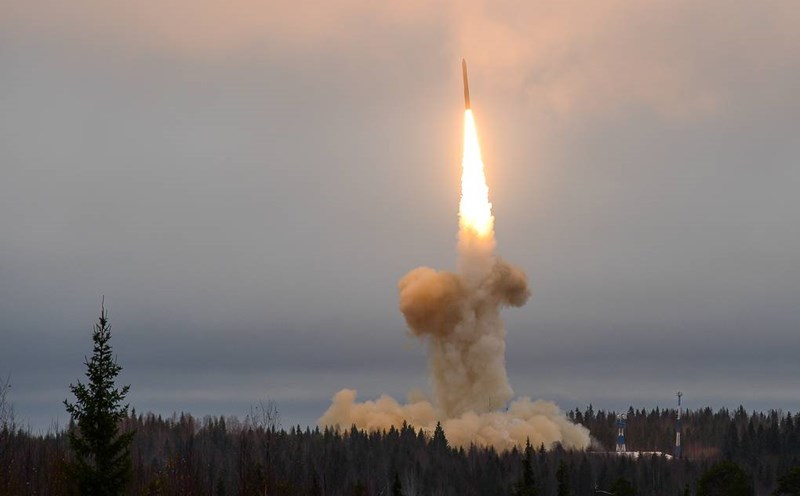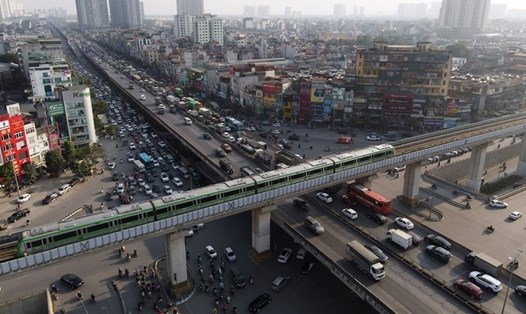According to the US Federal Highway Administration, congestion is due to the lack of an effective management mechanism. When looking for a solution to the problem of congestion, most people immediately think about adding a new lane to the overloaded road.
However, the cost of building urban areas is very high and sometimes the tax collected from buying gasoline is not enough. Applying anti-collision fees will help reduce the number of vehicles used during rush hour, encouraging people to choose public transport or travel at other times of the day.
Collecting congestion fees or congestion valuation is a way to exploit the market to reduce waste related to traffic congestion. Collecting traffic congestion fees by converting some vehicles on the highway during rush hour to public transport or other times.
By removing a small portion of the number of vehicles from a congested road, toll collection helps the traffic flow system work better and allows more vehicles to move through the same route.
The impact of toll collection on vehicle traffic volume
Traffic volume on the road is the number of vehicles passing through in a short period of time, such as the number of vehicles passing through in an hour. When traffic volume exceeds a certain threshold, the speed of all vehicles on the road must decrease and the continuous increase in traffic will cause congestion. This causes unnecessary delays for drivers.
The fees collected will help change the route of some drivers. Initially, pricing helps divide traffic volume and thereby maintain traffic volume during rush hours.
Toll collection technology
In the US, bridge and road fees often change depending on the time of day and are collected using electronic toll collection technology. Vehicles move freely and do not have toll stations because the vehicle is equipped with electronic devices called transponders or "cards", read by a high-altitude dishwasher. Singapore's ERP system also uses similar technology.
Toll rates for different periods can be pre-ordered or can be "imposed" - meaning they can be increased or decreased after a few minutes to ensure that lanes are fully used without traffic incidents.
GPS technology is being used by Germany to collect congestion fees for trucks. Singapore also announced that it will put this system into use from mid-2023, as Lao Dong reported. GPS will be the future of the toll collection system, bringing a simple experience to drivers.
Benefits for traffic participants
Toll collection combined with public transportation services helps bus riders save travel time equivalent to driving on their own. It also helps reduce waiting time for bus riders due to no traffic jams.
The imposition of toll collection in central London and Stockholm has led to a significant change in the means of transportation of commuters to public transport, especially buses.
According to a report by the London Department of Transport, bus delays in central London have decreased by 50% after the program was applied, and the number of people using buses has also increased by 7%.
In Stockholm, 200 new buses were put into service in August 2005, a few months before toll testing began. After the plan was implemented, the use of public transport has increased to 40,000 people traveling every day. The number of passengers on inner-city bus routes has increased by 9% compared to a year before.
In the US, within three months since the opening of toll lanes in California, the number of vehicles with more than three passengers has increased by 40%.
Passengers on buses and nearby railways remain stable. According to the San Diego Government Association, on San Diego's HOT I-15 lanes, the revenue generated by tollpayers that has funded transportation improvements has contributed to a 25% increase in the number of passengers traveling by bus.
Benefits for businesses
The increasing congestion threatens transportation productivity and sellers' ability to supply products to the market. In addition, when it is impossible to rely on on on-time delivery, businesses have to reserve additional "terrain" inventories, which can be costly.
Collecting tolls on main routes can help ensure free traffic flow, ensuring that the transportation system is restored to reliability, keeping business and transportation costs low.







